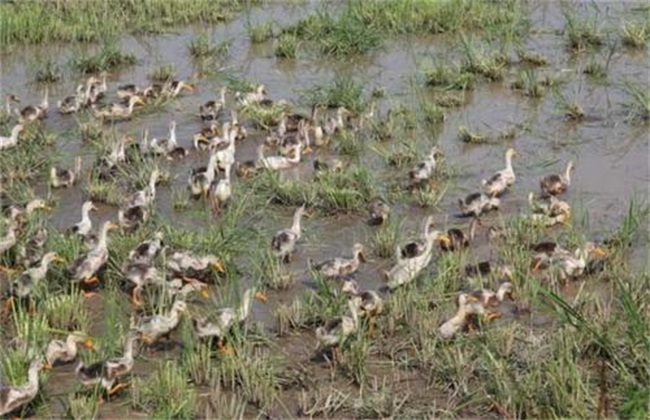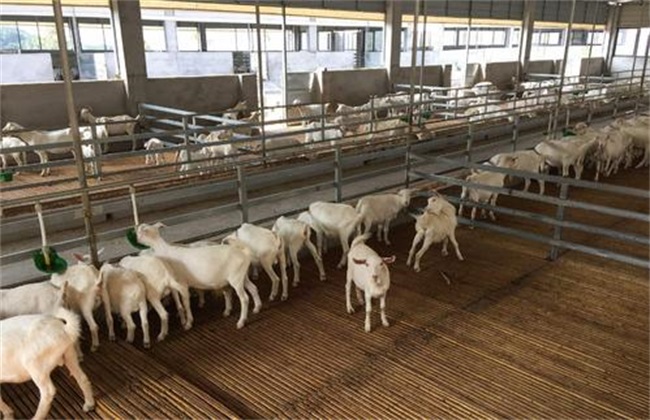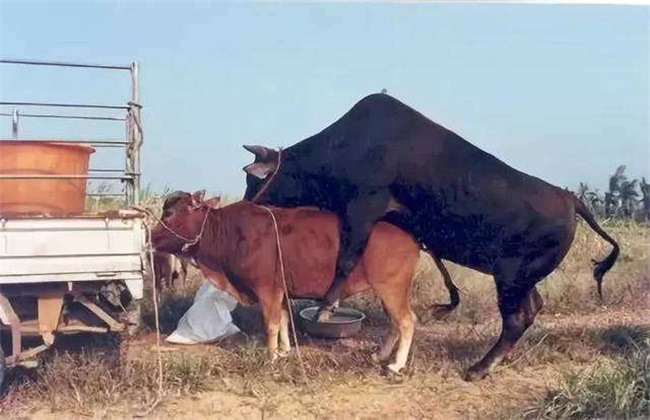Several models of Ecological Duck raising
Ecological duck breeding is an expansion of the previous duck breeding model, which further improves all kinds of ecological breeding. Now more and more people raise ducks in this way, but this model generally has a greater demand for breeding sites, so now let's take a look at some ecological duck raising models.

1. Natural stocking
This is the most extensive breeding model, mainly to choose a place rich in wild resources, and then the ducks will be naturally released here. Ducks have the habit of living in groups, so ducks usually don't get separated. When the resources of one place are exhausted, they can move to another place at any time. This model is suitable for small-scale farming, basically in unmanaged stocking, and the quality of breeding is relatively good, but the fattening effect depends on the site chosen by farmers and whether they are fattened with feed.
2. Mixed culture of fish and duck
The mixed culture of fish and duck is to form a cycle. The duck's feces provide feed for the fish, and the duck can also prey on the fish, so that the duck can grow faster, and there will be a double profit when it is finally harvested. However, the breeding density in this model should be paid more attention to, if it is too dense, it will affect the final fattening effect of ducks. Under this mode, you can choose some meat ducks with good egg laying efficiency. After all, the quality of duck eggs in this mode is quite high.
3. Rice field stocking
I believe everyone is no stranger to rice stocking, especially the farmers in the paddy field in the south. However, this model has certain requirements for time, and the second is that the planting density of paddy fields also needs to be controlled, and ducks should also choose smaller ones, so that ducks are more suitable for walking in rice fields. Wait until the rice grows to about half a meter high before it can be released. Ducks can eat worms and other things in the rice fields, and duck manure can be used as fertilizer. After the harvest, the remaining rice in the field can be eaten by ducks again, so as not to be wasted. Those with paddy fields nearby can consider this model more.
4. Wetland culture
This model requires a relatively wide wetland environment, followed by more aquatic organisms, such as shrimp, snails and so on, and may also need to be artificially released to allow them to reproduce. When aquatic life is extremely abundant, wetland culture can be carried out, so that the farmed ducks will be higher in terms of price, but the growth time is longer, and the density should be properly controlled so as to avoid ecological imbalance leading to breeding failure.
The above is a brief introduction to several modes of ecological duck farming at present. in fact, it is quite worthwhile to engage in such breeding in rural areas, it does not take much effort, and the consumer market of ducks is not bad, so it is worth considering ecological breeding.
Related
- On the eggshell is a badge full of pride. British Poultry Egg Market and Consumer observation
- British study: 72% of Britons are willing to buy native eggs raised by insects
- Guidelines for friendly egg production revised the increase of space in chicken sheds can not be forced to change feathers and lay eggs.
- Risk of delay in customs clearance Australia suspends lobster exports to China
- Pig semen-the Vector of virus Transmission (4)
- Pig semen-the Vector of virus Transmission (3)
- Five common causes of difficult control of classical swine fever in clinic and their countermeasures
- Foot-and-mouth disease is the most effective way to prevent it!
- PED is the number one killer of piglets and has to be guarded against in autumn and winter.
- What is "yellow fat pig"? Have you ever heard the pig collector talk about "yellow fat pig"?



